Structure of the Periodic Table
The periodic table is made up of rows (periods) and columns (groups). The rows represent the number of electron shells in an atom, while the columns group elements with similar chemical properties.Organization of Elements
Elements are arranged left to right and top to bottom in order of increasing atomic number. This organization allows for the elements to be grouped based on their similar properties and chemical behaviors.Groups and Periods
There are 18 groups in the periodic table, and elements in the same group have similar outer electron configurations and therefore similar chemical properties. The periods represent the number of electron shells an atom has.Chemical Properties
The periodic table allows us to predict the chemical behavior of elements based on their position. Elements in the same group tend to have similar reactivity, while elements in the same period show trends in properties such as atomic size, ionization energy, and electronegativity.Key Elements
Some key elements to remember include hydrogen and helium in Group 1, lithium, beryllium, boron, carbon, nitrogen, oxygen, fluorine, and neon in Group 2, and so on.Uses in Chemistry
.◂Biology Worksheets and Study Guides High School. Invertebrates
Worksheet/Answer key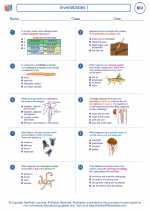 Invertebrates I
Invertebrates I  Worksheet/Answer key
Worksheet/Answer key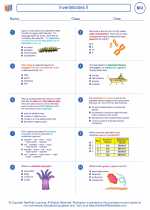 Invertebrates II
Invertebrates II  Worksheet/Answer key
Worksheet/Answer key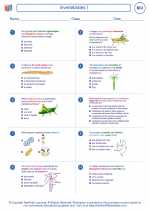 Invertebrates I
Invertebrates I  Worksheet/Answer key
Worksheet/Answer key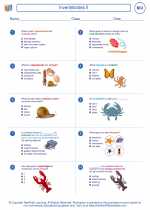 Invertebrates II
Invertebrates II  Worksheet/Answer key
Worksheet/Answer key Invertebrates I
Invertebrates I  Worksheet/Answer key
Worksheet/Answer key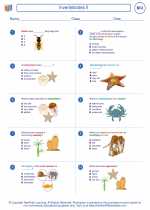 Invertebrates II
Invertebrates II  Vocabulary/Answer key
Vocabulary/Answer key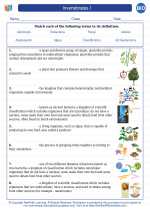 Invertebrates I
Invertebrates I  Vocabulary/Answer key
Vocabulary/Answer key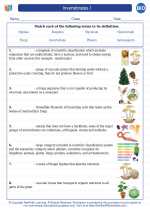 Invertebrates I
Invertebrates I  Vocabulary/Answer key
Vocabulary/Answer key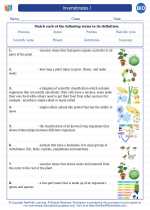 Invertebrates I
Invertebrates I 

 Worksheet/Answer key
Worksheet/Answer key
 Worksheet/Answer key
Worksheet/Answer key
 Worksheet/Answer key
Worksheet/Answer key
 Worksheet/Answer key
Worksheet/Answer key
 Worksheet/Answer key
Worksheet/Answer key
 Vocabulary/Answer key
Vocabulary/Answer key
 Vocabulary/Answer key
Vocabulary/Answer key
 Vocabulary/Answer key
Vocabulary/Answer key

The resources above cover the following skills:
Concepts of Life Science (SC1, SC2, SC3)
The student demonstrates an understanding of the structure, function, behavior, development, life cycles, and diversity of living organisms by describing the structure-function relationship